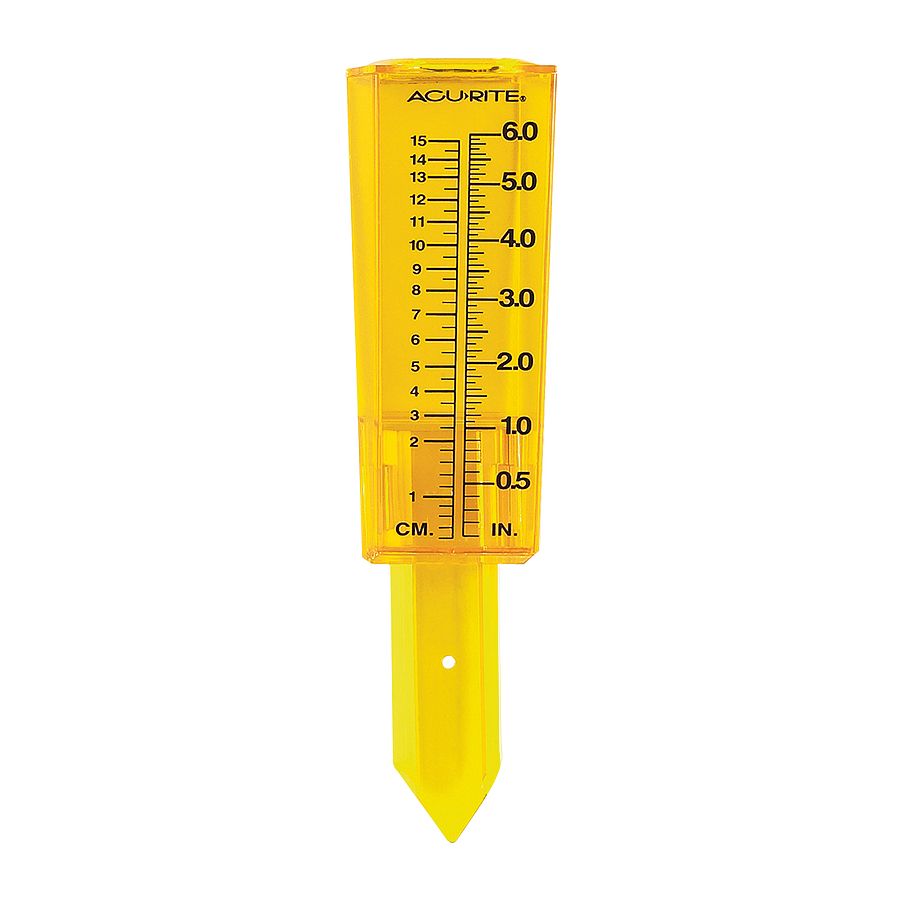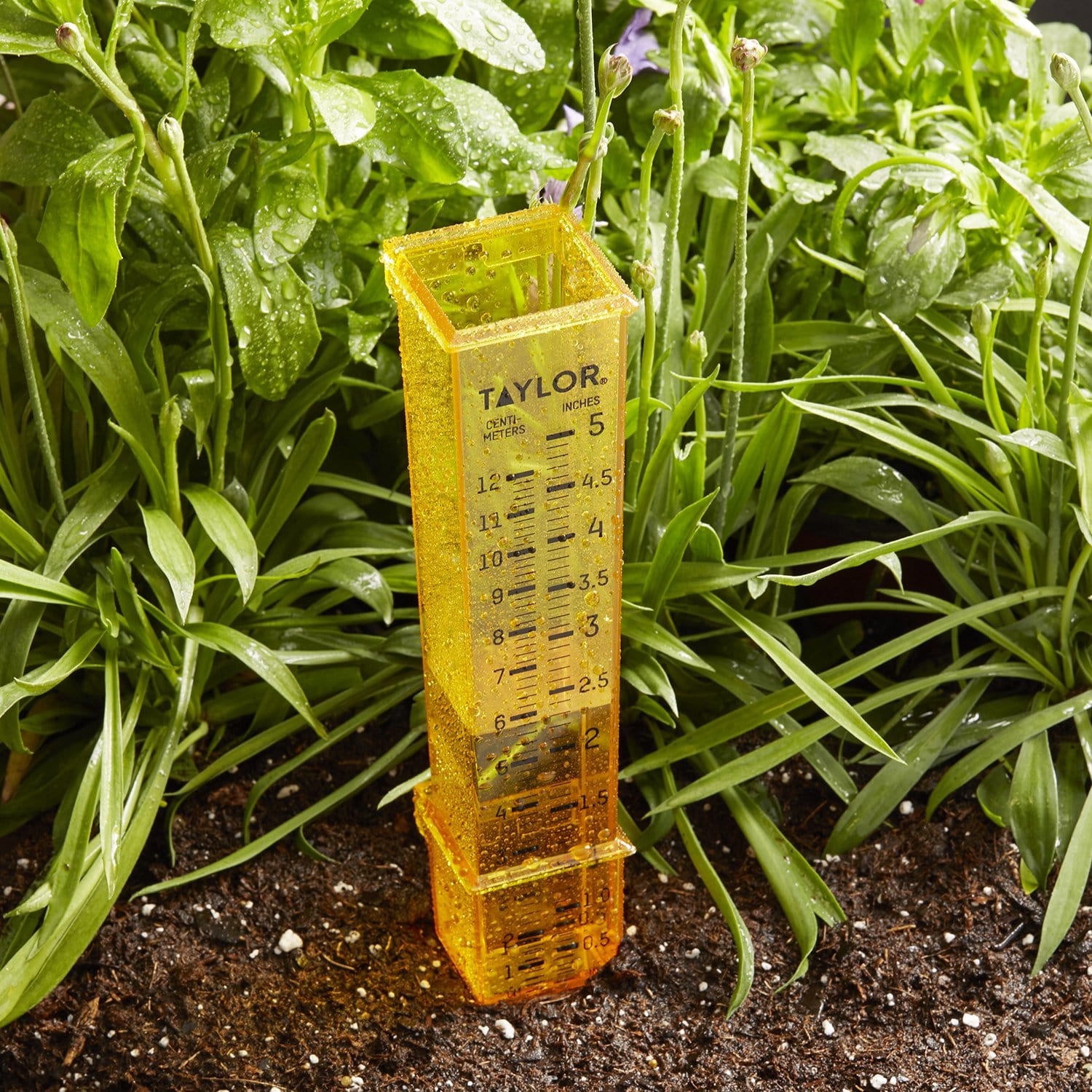Comprehending The Rain Gauge: Importance, Kind, and Usage Explained
Comprehending The Rain Gauge: Importance, Kind, and Usage Explained
Blog Article
DIY Rain Scale: Straightforward Actions to Make Your Own
Creating your very own DIY rain gauge is a easy and reliable means to gauge and tape rainfall. With simply a couple of usual materials and some standard actions, you can quickly construct your very own rainfall gauge at home. Let's get started on making your Do it yourself rain gauge today!
Gather Materials
To start building your DIY rainfall gauge, collect all the essential products using a thorough list of products. Having the right materials available will certainly make certain the successful production of your rainfall scale and enable exact measurements of rainfall. You will require a clear plastic container or cyndrical tube, such as a plastic container or container. Ensure the container is clear so that you can conveniently see the water degree inside. Next, you will certainly need a ruler or determining tape to mark the increments on the container. This will allow you to gauge the quantity of rainfall precisely. In addition, you will certainly need a permanent pen or waterproof tape to note the measurements on the container. This will certainly make sure that the markings remain visible also when subjected to rainfall. Finally, you will certainly require a durable base or risk to safely hold your rainfall gauge in area. This can be a wood or steel stake that can be inserted right into the ground or a sturdy flat surface area to provide stability. Gathering these materials ahead of time will certainly enhance the construction procedure and ensure that you have whatever you need to produce your very own DIY rain gauge.
Prepare the Container

Mark the Measurement Increments
To properly measure the quantity of rainfall, properly marking the dimension increments on your do it yourself rainfall gauge is important. Without accurate and clear markings, it would certainly be difficult to figure out the exact amount of rains collected in your rainfall scale. Below are the steps to mark the dimension increments on your rainfall scale.
First, decide on the system of dimension that you desire to make use of. One of the most usual systems for determining rainfall are millimeters and inches. When you have actually selected the system, make use of a permanent pen or water-proof paint to mark the increments on the side of your rainfall gauge. For inches, you can mark every quarter inch or every half inch, depending on your choice. For millimeters, you can note every 10 millimeters or every 20 millimeters.
When marking the increments, it is essential to make certain that they are evenly spaced and clearly visible. Make use of a ruler or measuring tape to ensure precision and consistency. Additionally, see to it that the markings are immune to fading or abrading, as exposure to the components may cause them to degrade in time.
Place the Rainfall Scale Outdoors
The rainfall gauge should be put outdoors to accurately gather rainfall information. The place selected for the rainfall scale need to be complimentary and open from any obstructions that might potentially influence the measurement of rains. It is vital to find a spot that is not blocked by trees, buildings, or other structures that might obstruct the rain from getting to the scale. This will certainly guarantee that the collected data is representative of the actual rains in the location.
In addition, it is vital to important source position the rain gauge on a steady surface area, such as a level ground or a strong blog post. This will certainly stop any activity or tilting of the scale, which can lead to incorrect measurements. It is also advisable to avoid placing the scale near any sources of man-made water, such as lawn sprinklers or drainage systems, as this could disrupt the precision of the dimensions.
Screen and Record Rainfall Information
Normal monitoring and recording of rainfall data is necessary for exact information analysis and interpretation. By monitoring rainfall dimensions, you can acquire valuable understandings into climate patterns, environment patterns, and water source monitoring. To efficiently keep track of and videotape rains information, it is necessary to establish a regular and preserve regular techniques.
To start with, make sure that your rainfall gauge is placed in an open area away from barriers such as trees or buildings that may obstruct rains. Furthermore, ensure the rainfall scale is level and safely anchored to stop any type of motion that might affect the precision of the measurements.

When tape-recording the rains information, it is vital to note the day and time of each measurement. Make use of a ruler or a gauging adhere to establish the rainfall deepness in the rain scale, and record this details accurately.
To guarantee the accuracy of the dimensions, it is advised to clear the rain scale after each recording. This will stop any kind of overflow or dissipation from impacting succeeding measurements.
Verdict
To conclude, creating a DIY rain gauge is a useful and simple means to keep an eye on and tape rains information (The Rain Gauge). By adhering to the actions described in this write-up, you can easily gather products, prepare the container, note the measurement increments, and position the rainfall scale outdoors. Consistently keeping track of and taping rainfall data can offer important info for numerous purposes
Having the appropriate products on hand will guarantee the successful production of your rain scale and permit for exact measurements of rainfall.To properly determine the quantity of rains, accurately noting the dimension increments on your DIY rain gauge is necessary.The rainfall gauge need to be positioned outdoors to properly gather rainfall data. The location selected for the rain gauge should be cost-free and open from any More Help type of blockages that can important link possibly affect the dimension of rains.In final thought, creating a DIY rain scale is a practical and straightforward method to check and tape rainfall data.
Report this page